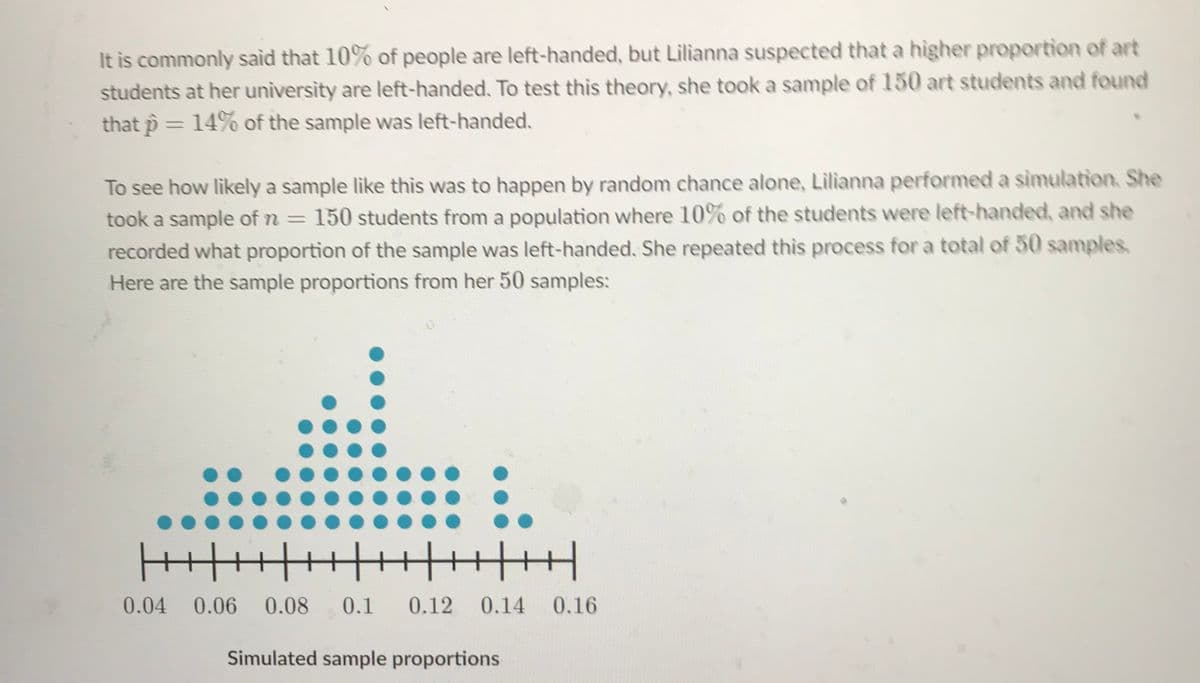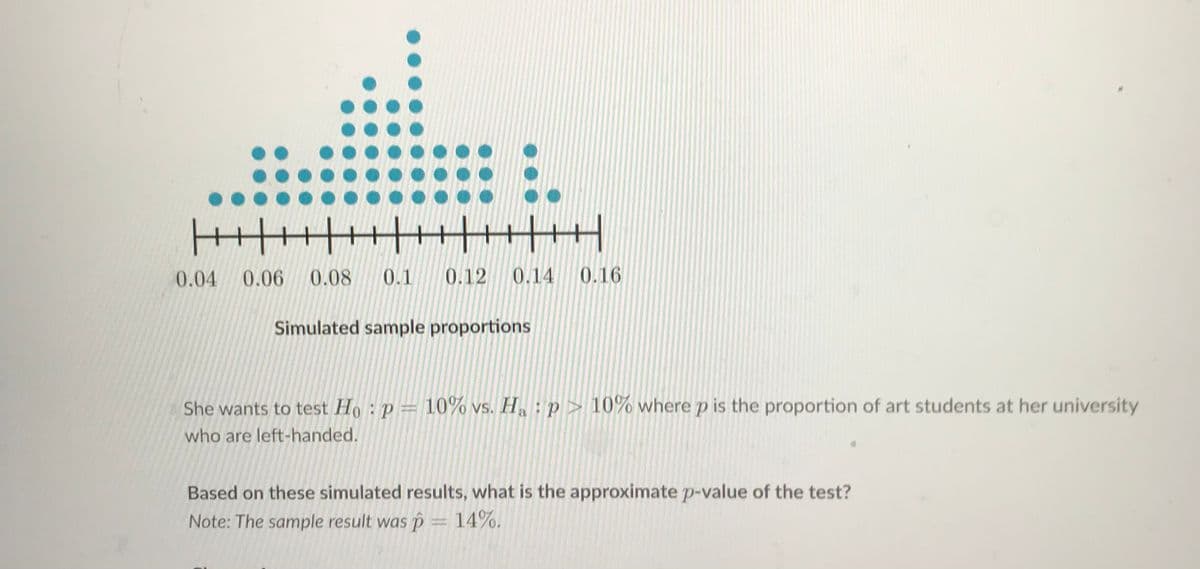It is commonly said that 10% of people are left-handed, but Lilianna suspected that a higher proportion of art students at her university are left-handed. To test this theory, she took a sample of 150 art students and found that p = 14% of the sample was left-handed. To see how likely a sample like this was to happen by random chance alone, Lilianna performed a simulation, She took a sample of n = 150 students from a population where 10% of the students were left-handed, and she recorded what proportion of the sample was left-handed. She repeated this process for a total of 50 samples. Here are the sample proportions from her 50 samples:
Unitary Method
The word “unitary” comes from the word “unit”, which means a single and complete entity. In this method, we find the value of a unit product from the given number of products, and then we solve for the other number of products.
Speed, Time, and Distance
Imagine you and 3 of your friends are planning to go to the playground at 6 in the evening. Your house is one mile away from the playground and one of your friends named Jim must start at 5 pm to reach the playground by walk. The other two friends are 3 miles away.
Profit and Loss
The amount earned or lost on the sale of one or more items is referred to as the profit or loss on that item.
Units and Measurements
Measurements and comparisons are the foundation of science and engineering. We, therefore, need rules that tell us how things are measured and compared. For these measurements and comparisons, we perform certain experiments, and we will need the experiments to set up the devices.
A p-value ~ 0.02
B p-value ~0.04
c p-value ~ 0.08
D p value ~ 0.18


Trending now
This is a popular solution!
Step by step
Solved in 2 steps with 1 images






